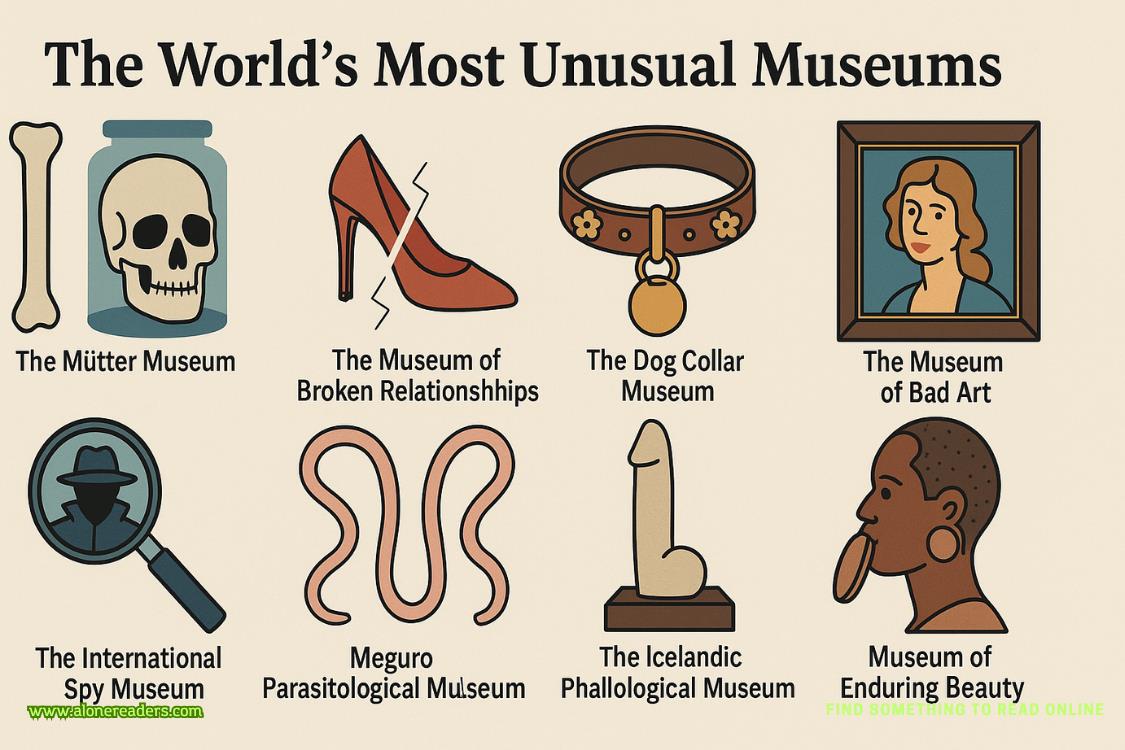“My work doesn’t need exposure,” he says quietly. “I already have more local jobs than I can take.”
It’s not an unexpected response, but it still lands with a thud. “I wouldn’t agree to anything without talking to you first. You’re part of this, too.”
Something flickers in his expression at the wordpart. Too quick to interpret.
“It’s your house,” he says finally. “Your decision.”
“But it’s our project,” I say, the words out before I can overthink them. “I wouldn’t have made it this far without you. If there’s recognition, it should be shared.”
He turns back to his tools, movements a little sharper now. “Think about whatyouwant,” he says. “Not what you think I need.”
That hits deeper than the TV offer—echoes of storm conversations, of patterns and choices. Of building homes for others while never letting yourself have one.
“I’ll think about it,” I say quietly, returning to the work table.
The rest of the afternoon unfolds in quiet focus. We move through tasks—finishing the framing, starting the electrical layout—with that familiar sync that neither of us names. Our rhythm is back, but the undertone has shifted. Every brush of hands, every glance that lingers a second too long, holds something we’re both trying to keep buried under studs and wiring.
At one point, while I’m bent over the floor plans, I catch him watching me. He thinks I don’t notice, but I do. There’s something in his expression that stops me—a look that’s curious, quiet, and full of something I can’t yet name. A blueprint not for a house, but for something harder to build.
Fame isn’t the exposure that scares me.
It’s the way Owen looks at me when he thinks I’m not looking back—like he’s already mapped out every possibility, and just isn’t sure which version ofuswe’re brave enough to build.
“So,Penny, tell us about the moment you decided to buy a house while drunk at a charity auction!”
Adele Hutchinson, senior producer ofTiny House Transformations, beams at me through my laptop screen with the practiced enthusiasm of someone who’s heard a thousand renovation disaster stories and still manages to sound genuinely delighted by each one. Her perfectly highlighted hair and strategic statement necklace scream “television professional,” even through the slightly pixelated video call.
I glance sideways at Owen, seated beside me at the folding table we’ve set up in the tiny house, his posture so rigid he could double as a load-bearing beam. He agreed to join this call only after three days of careful negotiation following my email reply to the show’s interest. His conditions included: no commitment without hearing details, no personal questions, and the right to veto anything that might compromise construction quality.
“Well,” I begin, slipping effortlessly into my old PR voice, “it wasn’t so much a decision as a perfect storm of champagne, competitive bidding, and recently being dumped. Though I prefer to call it an ‘impulsive investment in personal growth opportunity.’”
This earns appreciative laughter from Adele and the two other production team members on the call. Owen remains stoic beside me, though I catch the slightest eye roll.
“That’s exactly the authentic voice we love about your socialmedia content,” Adele gushes. “You’ve managed to document a genuine renovation journey without the staged perfection we see so often.”
“That’s because there’s nothing staged about living through construction chaos,” I reply with a smile. “My contractor here can confirm that my reactions to foundation issues were one hundred percent authentic.”
All eyes on the screen shift to Owen, who looks like he’d rather be jackhammering concrete than sitting through this call.
“Owen Carver, right?” Adele says. “Your craftsmanship is evident even in the progress photos. That foundation rebuild was impressive work.”
Owen nods once, the barest acknowledgment. “It was necessary.”
I resist the urge to kick him under the table. We agreed he’d try to besomewhatengaging during this call. Though in fairness, for Owen, a complete sentence without a grunt is practically a TED Talk.
“We’re particularly interested in the unique aspects of your renovation,” says Dave, the show’s director. “The vintage camper restoration, the window seat design element that’s become something of a signature on your account, and of course, the local craftsmanship angle.”
“The window seat is structurally integrated into the west wall,” Owen offers unexpectedly. “It creates a natural transition between interior and exterior space while providing additional storage beneath.”
I turn to stare at him, momentarily stunned by the voluntary contribution. He meets my gaze briefly, one eyebrow raised as if to say,See? I’m participating.
“That’s exactly the kind of detail our viewers love,” Adele enthuses. “The intersection of design philosophy and practical application.”
The conversation flows more easily after that, with the production team outlining their vision for the episode—focusing on the transformation from disaster purchase to thoughtful renovation, highlighting the preservation of original elements while modernizing systems, and showcasing the unique challenges of tiny house living.
“Your social media following is a huge asset,” adds Jessica, the third team member, whose title is something like “digital integration specialist.” “We’d incorporate your documentation style into the episode, creating a meta-narrative about sharing the renovation journey.”
“That sounds perfect,” I say, genuinely excited by their vision. “I’ve been trying to capture the authentic ups and downs, not just the pretty after shots.”















